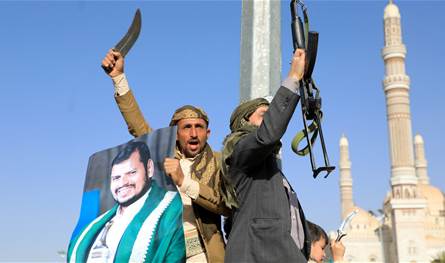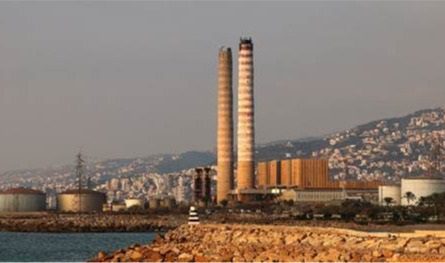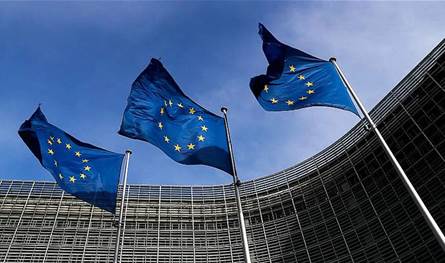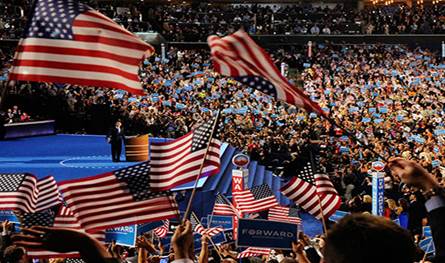On the memory of Majra Al -Bayjez: an internal investment that obscures the Israeli crime!
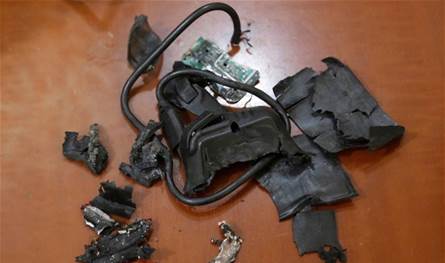
On the first anniversary of the “Beijing” massacre, it seemed clear that the political opponents of the resistance chose to deal with the traumatic anniversary, not as a documented crime committed by the Israeli al -Ali against the Lebanese, but rather as a tool in the internal conflict. The campaigns that were launched on the communication platforms, and the recklessness that affected the pictures of the wounded and their injuries, was not a spontaneous expression of a difference in opinion, but rather part of a political strategy whose direct goal is to empty “Hizbullah” from its symbolic balance, stripping the wound from its national significance and turning it into a burden on its environment.
According to informed political sources, this investment did not come from a vacuum. Rather, it reflects the awareness of the opponents of “Hizbullah” that Majra Al -Bajarz, with its successful and wounded martyrs, has established a symbolic presence that is difficult to confront with traditional policy. Therefore, the focus came on converting the pictures of the victims into a mockery and skepticism, in an attempt to blow up the relationship between the “party” and its environment, and to present the wounded, not as evidence of the solidity of their choice but rather as a free loss and economic and social burden, because the logic underneath this behavior is based on a simple equation: if Al -Awda has been unable to erase the presence of the place. Morally. Hence, the targeting of the wounded in the speech becomes not directed at their people as much as it is targeting the symbolism of the wound itself, by depicting it as evidence of absurdity and as a legitimacy tool, which turns the pain into a pressure point on the popular incubator. However, the most dangerous thing in this investment, according to the same sources, is that it is not limited to the media debate, but rather a direct impact on the internal structure. As the conversion of the memory into a provocation material leads to the deepening of sectarian and political division, and it brings counter -reactions that increase the intensity of polarization. Instead of Israel remaining at the site of the perpetrator, the internal debate is sliding to hold the victim responsible for his wounds, so the wound turns from a witness to an external one to a blackmail in the interior game. In this way, the opponents succeed in recycling the crime from a documented Israeli targeting to a Lebanese -Lebanese conflict tool, which provides the enemy for a free political gain without firing one bullet. And if the opponents of the Maqh are investing the anniversary to undermine its symbolism, the Lebanese state in turn provides them with an additional ground due to its absence from the scene. A year later on the Majra, no serious national plan to care for the wounded or compensate them in an organized manner, and the scene was satisfied with separate initiatives and patchy solutions. In addition, the government’s absence from adopting the issue formally, through care, compensation and plans, allows for opponents to employ the anniversary in a way that suits their narration. When the state gives up its responsibility, the file turns into an attraction, and it becomes easy to photograph it as a sectarian heritage, not as a national issue. Thus, the wounded find themselves stuck between three overlapping targeting circles: direct targeting from Al -A., and an official negligence that leaves them without sufficient care, then a political exploitation that empties their wounds from its national meaning and turns it into a division tool. The sources add that the most dangerous thing that results in this behavior is that it does not stop at the limits of media provocation, but rather infiltrates the equations of internal and regional policy. It aims to formulate the memory of Majra Al -Bajars in a distorted manner to hit the legitimacy of the place in public awareness; Then convert the pain into a negotiating paper that is used in any discussion about its weapon and role. However, the deepest message that the opponents seek to dedicate is that the compromise is no longer a legitimate legitimate legitimacy, but rather a group that pushes its environment to sacrifices without charge. And if this image is settled in public opinion, it will turn into a pressure tool in internal and external negotiations, always linking the presence of the head and losses, and thus weakens the capabilities of any discourse that balances national security and the reality of regional threats. Internal discourse. The opponents make it to photograph “Hizbullah” as a burden and dumping the country in more division, while the state, in its absence and inaction, contributes to removing national legitimacy from the issue of the wounded instead of fortifying it. And if this approach continues, the consequences will not remain confined to the wounds of individuals, but rather will affect the entire national structure: the division deepens, confidence in the institutions are eroding, so the impact of the Israeli crime turns into an internal dismantling tool instead of remaining a title for confrontation.
The post On the memory of Majra Al -Bayjez: an internal investment that obscures the Israeli crime! appeared first on 961 tobay Lebanon today.










